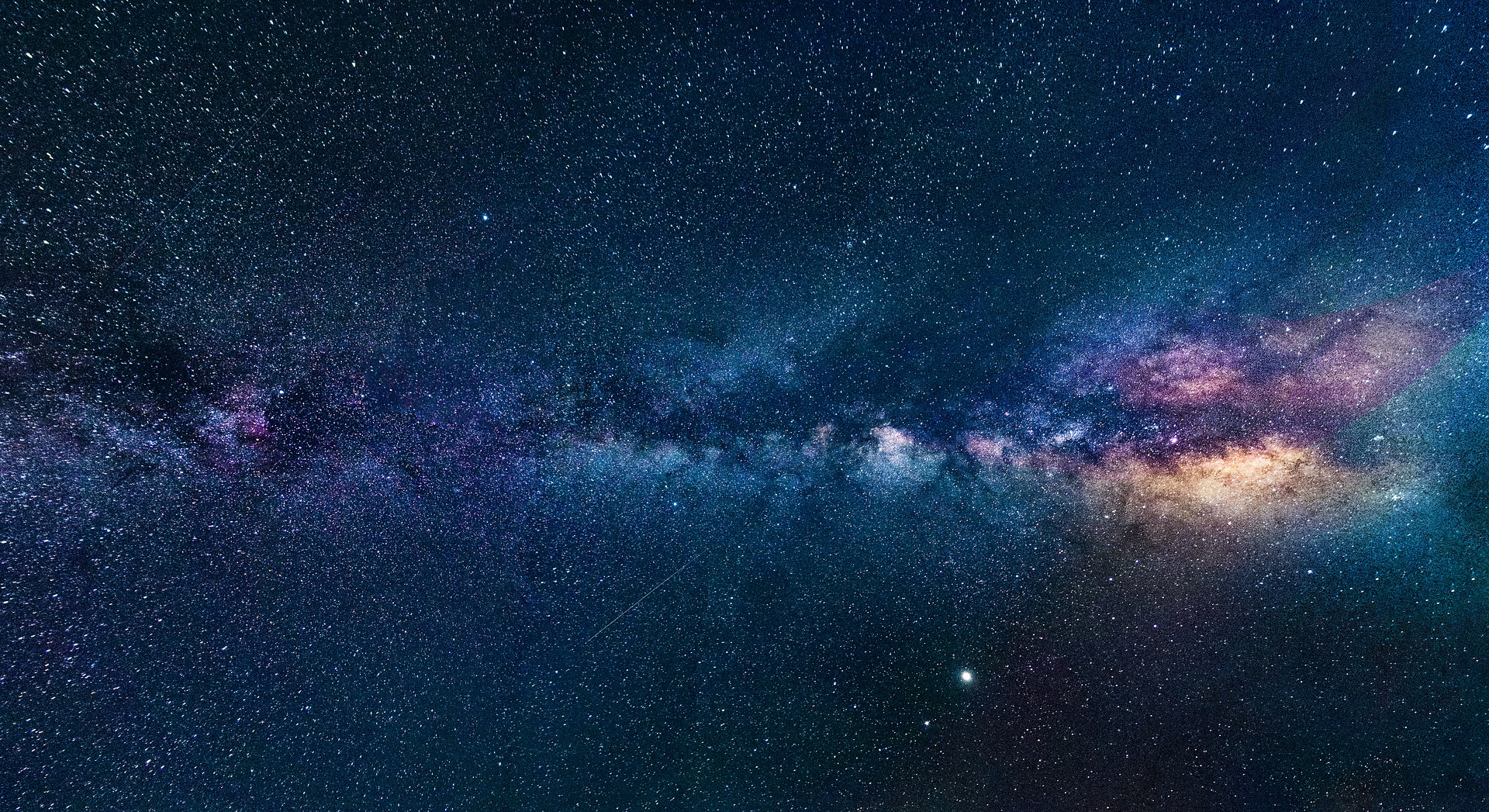Selevati
Selevati - named for the Unexpector goddess - is the primary star of the Celestial System. Indeed, the Celestial System is sometimes known as the Selevatiar System by cosmologists in the Manifold Sky setting.
Localized Phenomena
Selevati is a relatively young star that emits yellow-orange light in the 5000K range; it would be considered a spectral class K star. Due to the additional spatial dimensions afforded by the Celestial Realms, light, heat, and (to a limited extent) radiation from Selevati is able to permeate the Manifold, creating the day and night cycle as the Manifold rotates in higher-dimensional space relative to the star. Seasons are caused by lengthening and shortening of day cycles, but the exact mechanism by which this occurs is unknown; the Manifold's orbit may be highly elliptical or a larger celestial body (tentatively known as Veldrin in keeping with the tradition of mythological names) may be occluding the light of Selevati at periodic intervals.
Light from Selevati appears in all parts of a cube simultaneously during daylight hours, with intensity waning as the day progresses and waxing as night approaches. The intensity of sunlight is almost uniform throughout a cube's volume, but the light can 'add up' with itself over the span of large volumes; this is why open outdoor spaces are brightly lit, but people are not blinded by the small amount which spontaneously generates within their eyeballs. Similarly, bright outdoor sunlight comes down from 'above' both because of this additive quality and because distances are increasingly distorted as one gets closer to the inflection layer of a given cube.
The Northern and Southern Tesseracts are especially effected by particle radiation from Selevati, with the relative charge and polarity of this radiation being associated with the current season. There is a similar dichotomy at play with regards to which spectra of visible, ultraviolet, and infrared light are most able to permeate into the Manifold in which regions. Medial-adjacent cubes recieve the most visible light, while Distal-adjacent cubes recieve the most ultraviolet and near-infrared light. It has been theorized that Rostral-adjacent cubes may be more permeable to infrared than Caudal-adjacent ones as well, which would explain the relative difference in temperature between these two regions.
Light from Selevati reflects off of the Manifold's moon, Cosmeon, into the Manifold at night. Like the moons of the various worlds found in The Curved Time, Cosmeon goes through phases as a result of relative insolation. Though Cosmeon cannot be directly observed, its phases may be inferred through its light's intensity on a given evening.
Type
Star
Location under




Comments